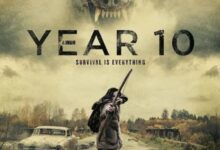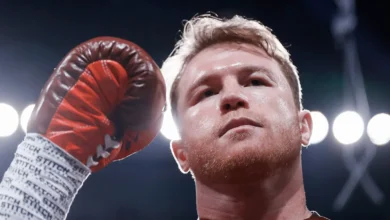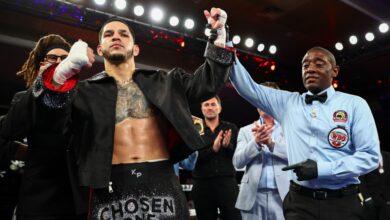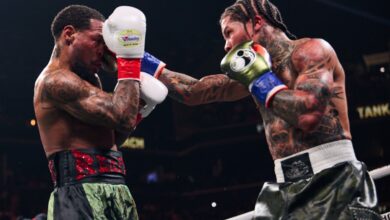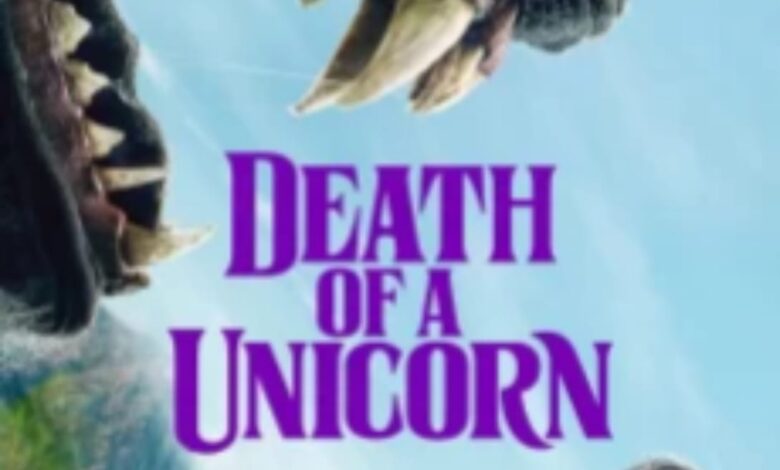
|
Getting your Trinity Audio player ready...
|
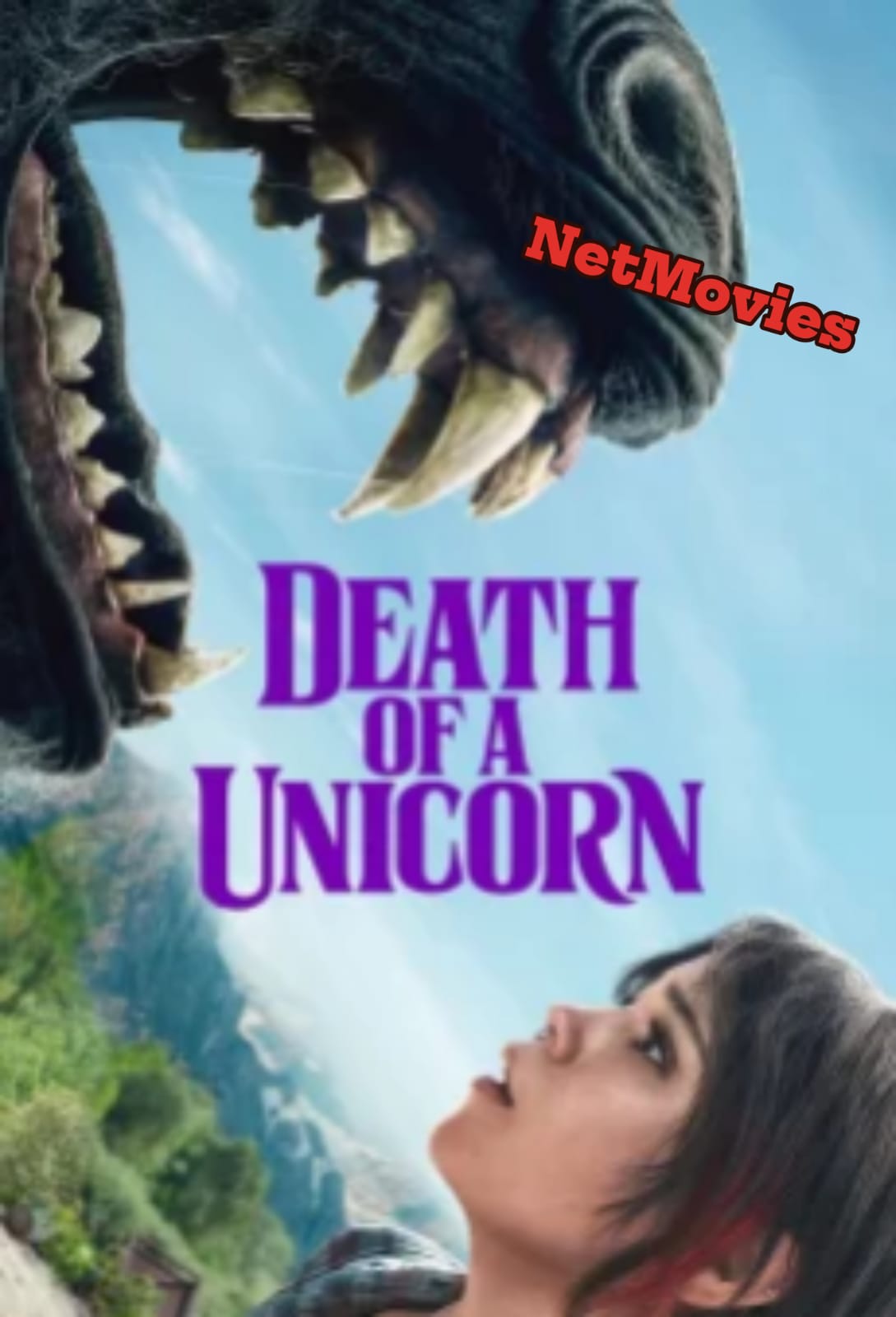
Death of a Unicorn, directed and written by Alex Scharfman in his feature debut, bursts onto the scene as an irreverent blend of horror, satire, and dark fantasy. Produced by A24 and featuring Paul Rudd, Jenna Ortega, Richard E. Grant, Téa Leoni, and Will Poulter, the film spins a ludicrously provocative premise: what happens when you accidentally kill a unicorn—and uncover that its horn could cure all illness? Released theatrically on March 28, 2025, after premiering at SXSW on March 8, the movie aims to skew greed, entitlement, and environmental exploitation with a twisted flair.
Walking the Line Between Satire and Folly: Plot Overview
Elliot Kintner (Paul Rudd) and his rebellious daughter Ridley (Jenna Ortega) are en route to a glamorous weekend retreat in the Canadian Rockies when an offbeat incident occurs—they run over a unicorn. Miraculously alive, the unicorn’s horn is soon revealed to possess literally life-saving properties that both cure acne and reverse cancer.
They arrive at the retreat, hosted by Elliot’s Big Pharma CEO boss Odell Leopold (Richard E. Grant), who sees the unicorn’s horn as the financial jackpot of the century. The Leopolds—the degeneracy-dripping elite—plan to harvest and commercialize the horn. Meanwhile, the bird of cosmic vengeance awakens; the slain unicorn’s parents emerge, and carnage quickly ensues—serving as A24’s vintage “eat the rich” fantasy.
Execution vs. Expectation: Tone and Style
Scharfman’s film attempts a tonal fusion of comedy, horror, and mythological fantasy, but most critics judged the result uneven. The satirical critique of corporate greed feels surface-level, with thin caricatures replacing layered characters. Few truly land; even Ridley—meant to be the audience’s emotional anchor—is underused.
Still, tone balance wasn’t entirely lost. Some reviews credit the screenplay for structurally progressing from absurdist setup to bloody horror crescendo. Strategic jump cuts, humor-dripping dialogue, and visually tense framing helped the narrative follow its intended arc, albeit imperfectly. (Filmy Hype)
Themes & Symbolism
Greed, Exploitation & Satire
The unicorn—a symbol of purity and magic—becomes a monstrous commodity in this over-the-top parody of pharmaceutical profiteering. Its destruction and subsequent exploitation echo environmental devastation and corporate moral bankruptcy.
Cosmic Justice… or Cosmic Weirdness?
The film’s climax stages revenge via the unicorn parents—organically bizarre and brutally beautiful. Director Scharfman later explained that the final sequence symbolizes a mystical bond formed between the unicorns and the humans who touched the horn. The unicorns act as ethereal enforcers of cosmic justice, though their exact motives remain enigmatic.
Performances & Production Values
- Paul Rudd delivers an authentically flustered father, torn between familial responsibility and opportunistic integrity.
- Jenna Ortega provides sharp wit and emotional grounding, though many critics allege her role is underwritten.
- The Leopold family, especially Will Poulter as the spoiled son, offers satirical flair if not full personality.
Visuals and Creature Effects
Cinematographer Larry Fong toggles between sterile luxury and forest eeriness, creating a strong sense of contrast between avarice and nature. The unicorns themselves were brought to life—or death—through a blend of animatronics, practical effects, and CGI. Many found the creature design impressively visceral, though not without occasional CGI missteps. Sound & Score
The tone-shifting musical landscape, scored by Dan Romer and Giosuè Greco, balances whimsy and tension. Featuring a standout theme by St. Vincent—“DOA”—the music complements both the absurd and the ominous beats of the story.
Critical Reception & Cultural Impact
Box Office: Despite its audacious premise, the film grossed just around $16.1 million on a $15 million budget—modest returns for an A24 release.
Critics: Reviews ranged from “forgettable” to “ambitious but underwhelming.” Many cited its tonal inconsistencies as a drawback—comedy undercutting horror, satire losing poignancy. Still, its weirdness and bold vision earned it a cult curiosity.)
Audience Response: The SXSW screening drew intense reactions—from laughter to cheers for appropriately gory scenes. Yet many walked away feeling the film underdelivered on its bizarre promise of creature horror satire.
Ending Explained: Hopeful Ambiguity
In the film’s final scene, Ridley and Elliot sit in a police car, only to be rammed by a family of unicorns. Scharfman hinted that the emotional connection born from Ridley touching the unicorn’s horn granted them “semi-religious cosmic” protection. Thus, while brutal, the ending suggests unicorns are guides—terrifying, loyal, and protective rather than purely vengeful.
Final Verdict
Death of a Unicorn is a wild premise lurking in the shadow of better satire. It gleams with odd charm, razor-sharp creature design, and quirky performances—but never lands the deep psychological or thematic punch it teases. For viewers craving surreal horror with a hint of mythological absurdity, it delivers—if you can glide past its thin character arcs and tonal wobbles.
download and watch
SEO Keywords for Ranking
- Death of a Unicorn
- Death of a Unicorn (2025)
- Death of a Unicorn review
- Death of a Unicorn plot
- Death of a Unicorn cast
- Death of a Unicorn ending explained
- Death of a Unicorn A24
- unicorn horror comedy
- dark fantasy horror comedy 2025
